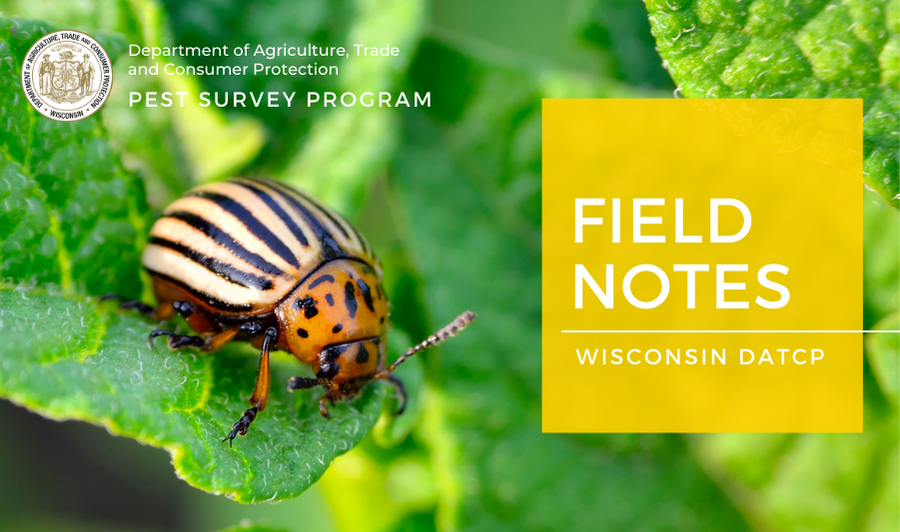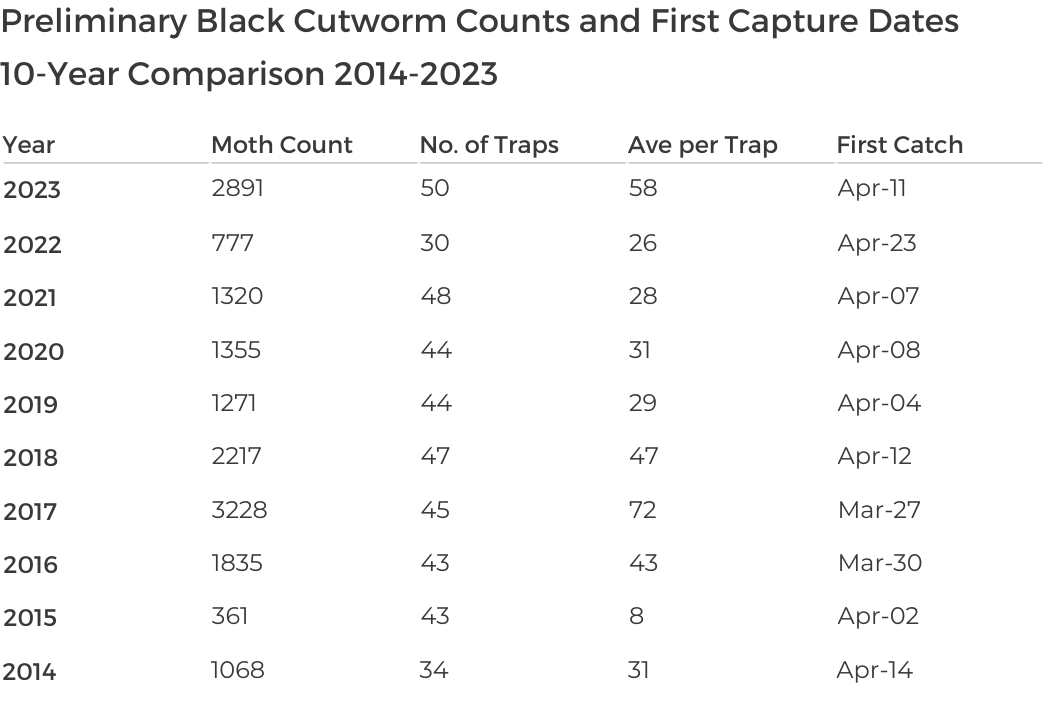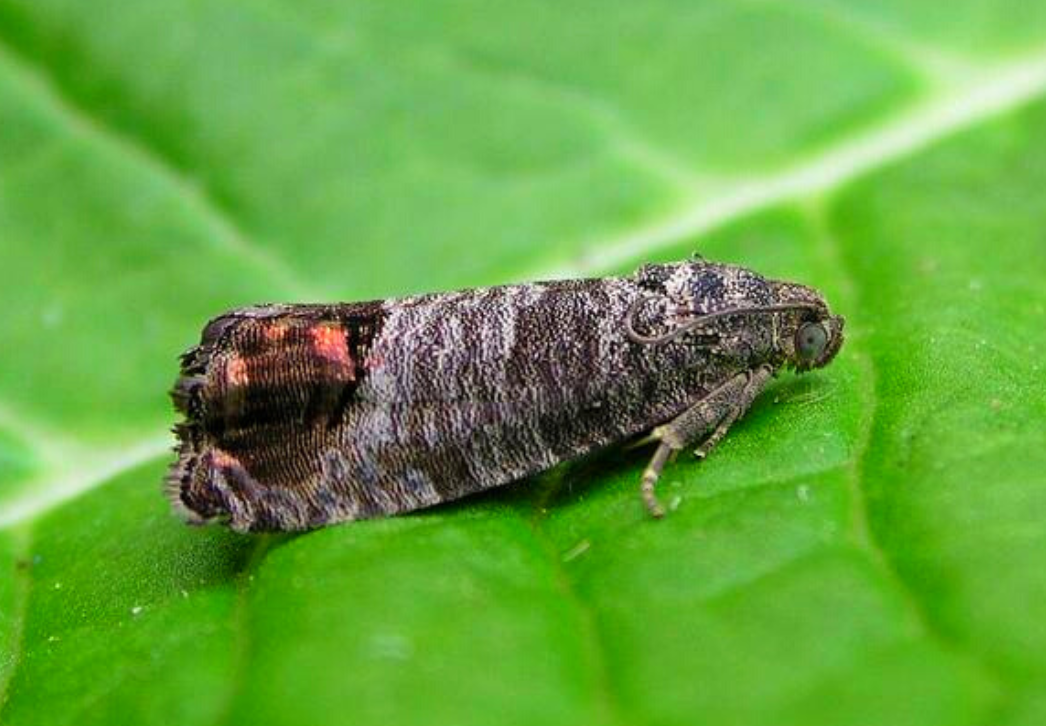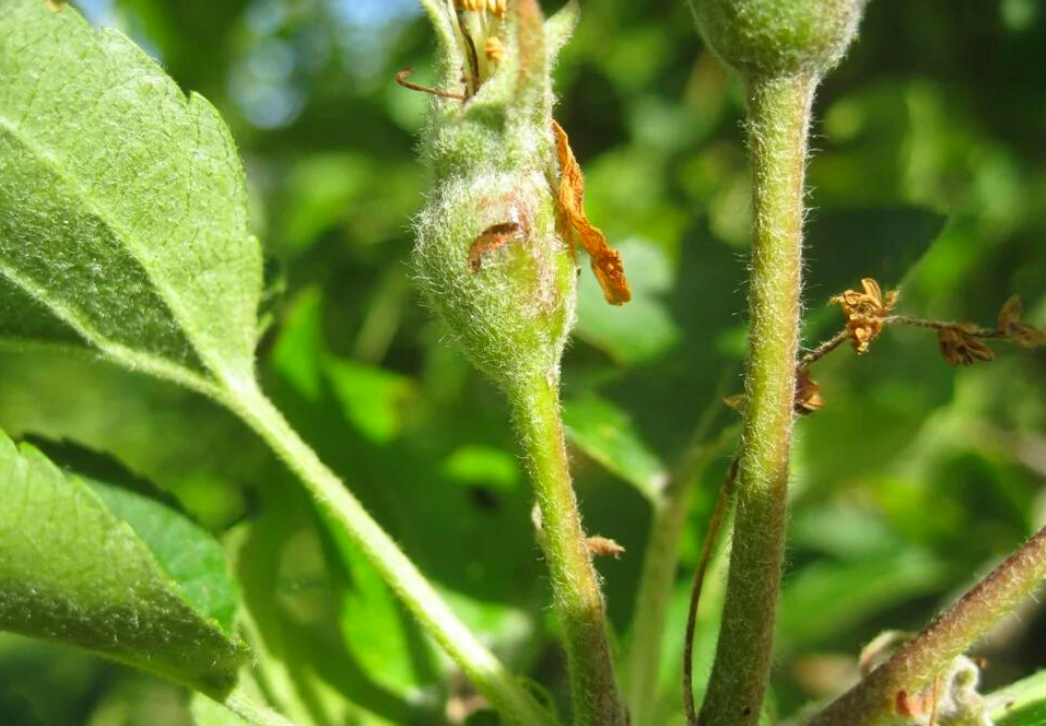|
   Crop planting and emergence advanced rapidly across the state this week, under a warm and dry weather pattern. Daily high temperatures mainly in the 60s to low 80s were a few degrees above normal for late May. Overnight lows ranged from the upper 20s to mid-50s. The town of Niagara in Marinette County, where apple trees are in full bloom, recorded the week’s lowest reading of 28°F on May 24-25. Rainfall totals for the previous seven days were less than 0.5 inch statewide.
Spring tillage reached 80 percent complete statewide, on pace with the five-year average. Meanwhile, corn planting surpassed 69 percent complete, four days ahead of last year and one day ahead of the five-year average. Alfalfa fields and pastures have shown considerable growth and prospects for field crops are generally favorable at the end of May, with more than three-quarters of the state’s hay, potato, and wheat fields rated as “good to excellent” according to the latest USDA NASS report.
__________________________________
|
|
|
The primary black cutworm damage window for seedling corn has opened in southern and western Wisconsin. Leaf feeding and possible stem cutting from larvae produced by the mid-April and early May significant moth flights should be underway. Localized infestations could develop in the next 3-4 weeks and scouting emerging corn and soybean fields is strongly recommended.
While black cutworm outbreaks are sporadic and unpredictable, the key factors that influence outbreak potential are late tillage and planting, which allow unworked fields to develop weedy pre-plant conditions that provide preferred egg laying habitat. Fields with excess crop residue (i.e., reduced-till and no-till), low spots in a field, and corn planted into soybean residue are also attractive egg laying sites.
Heavy moth flights in April and May can further contribute to the risk of spring cutworm outbreaks. DATCP’s black cutworm survey traps have collected a cumulative total of 2,891 moths at 50 monitoring sites since April 1, for an average of 58 moths per trap. This season’s average is above the 10-year average of 36 moths per trap and the second highest since 2014. The all-time high average in the history of the survey was 84 moths per trap in 2018.
All corn acreage should be closely monitored for cutworm feeding or below-ground tunneling injury from emergence until the five-leaf stage. It is important to be aware that Bt hybrids and corn treated with seed-applied insecticides are at reduced risk of damage, but the larvae are still capable of cutting young plants. The economic threshold for black cutworm is reached if 3% of plants have been cut and larvae are still present in the field.
 
|
|
 __________________________________
|
|
 Codling moth | Shane Farrell ukmoths.org
  Emergence of spring codling moths began in southern Wisconsin apple orchards last week. Six of DATCP’s monitoring locations recorded a strong flight between May 19 and 25. Weather conditions conducive to codling moth mating flights include dusk temperatures above 62°F, no rain, and winds below 5 mph. When these conditions are met, codling moth activity may occur between 6:00 pm and 11:00 pm. In central and northern orchards where moth flight has not started and the above-mentioned conditions are expected in the next few days, frequent trap monitoring is advised until the biofix has been established.
Orchards with high codling moth pressure or a large first flight of more than 10 moths per week traditionally apply the first larvicide spray at 250 degree days (simple base 50°F) after the biofix. For example, if the biofix was set on May 19, and an average of 15 degree days accumulate daily, the first treatment would be applied 17 days after the biofix (250/15 = 17), or on June 5. Treatments applied at this threshold coincide with 3% hatch of first-generation larvae.
However, if the initial flight is light or inconsistent due to cool temperatures or rain (as is often the case for northern orchards), a stronger flight can occur after the earliest moths appear in traps. In this scenario, the first larvicide spray can be applied at 350 degree days from the initial biofix to coincide with 15% larval hatch, which will eliminate most of the new larvae before they enter fruits.
Apple growers have approximately two weeks after the biofix is set to make preparations for initial codling moth treatments. Questions about timing the codling moth biofix and first generation control window can be directed to DATCP Entomologist Krista Hamilton at Krista.Hamilton@wisconsin.gov.
|
|
 __________________________________
|
|
 Plum curculio egg laying scar | Heather Fauert uri.edu
  Recent warm weather has spurred plum curculio activity and migration. Injury attributed to overwintered weevils has already been observed on developing fruits in southern and west-central Wisconsin apple orchards. With the forecast calling for hot temperatures next week, growers are encouraged to begin scouting the orchard perimeter for stings and crescent-shaped egg laying scars, concentrating on blocks with past plum curculio pressure and cultivars with the largest fruits (>5 mm), such as Ida red, Liberty, Paula red, and Zestar.
If scouting indicates the need for an insecticide application, options include applying either perimeter sprays or a full cover spray. Perimeter sprays are recommended for larger blocks of more than five acres if weevil injury is observed only in the border rows. In contrast, if egg laying scars are found on fruits beyond the first 4-5 rows of trees, a full cover spray is the better approach. Organic growers can apply Surround® (kaolin clay) to reduce plum curculio damage. Another strategy is to designate unsprayed trap rows of early varieties that are later treated with an insecticide such as PyGanic at night, when the weevils are active.
To protect bees and other pollinators, perimeter or full cover sprays should not be applied until 100% of petals have fallen from trees. Applications made between the hours of 7:00 pm and 7:00 am will avoid peak bee activity. Spraying on overcast days when temperatures are below 50°F will also reduce risk since honey bees do not fly at temperatures below this threshold (<50°F) or during low sunlight conditions.
|
|
 __________________________________
|
|
|
|